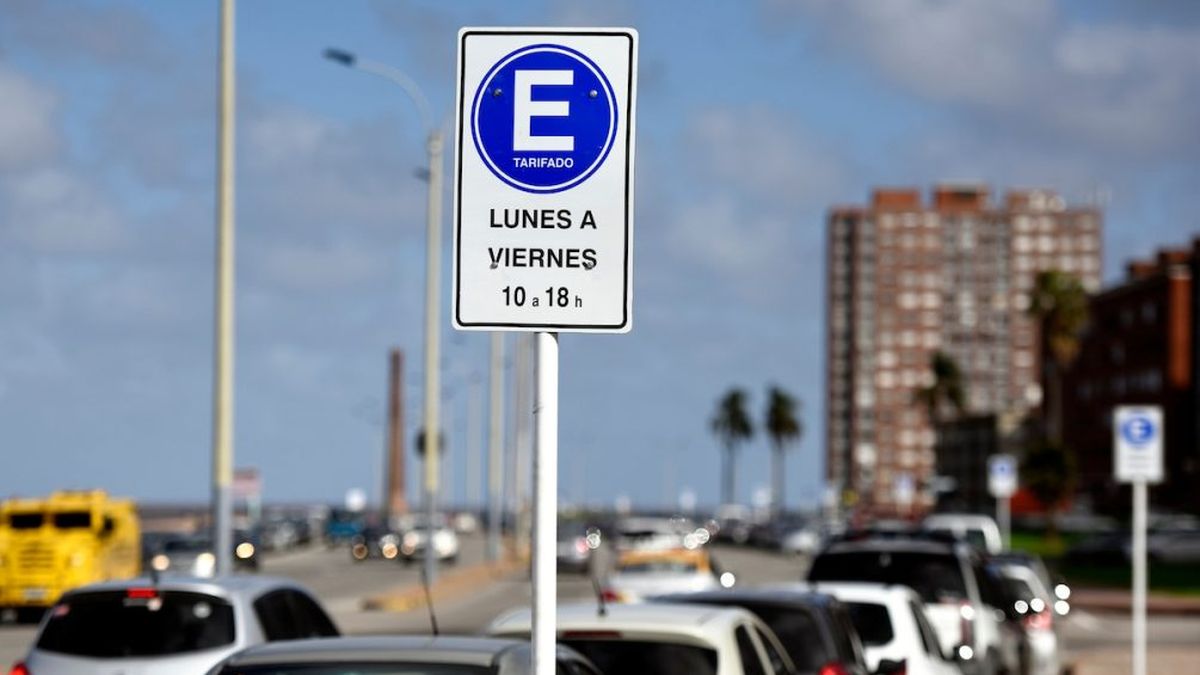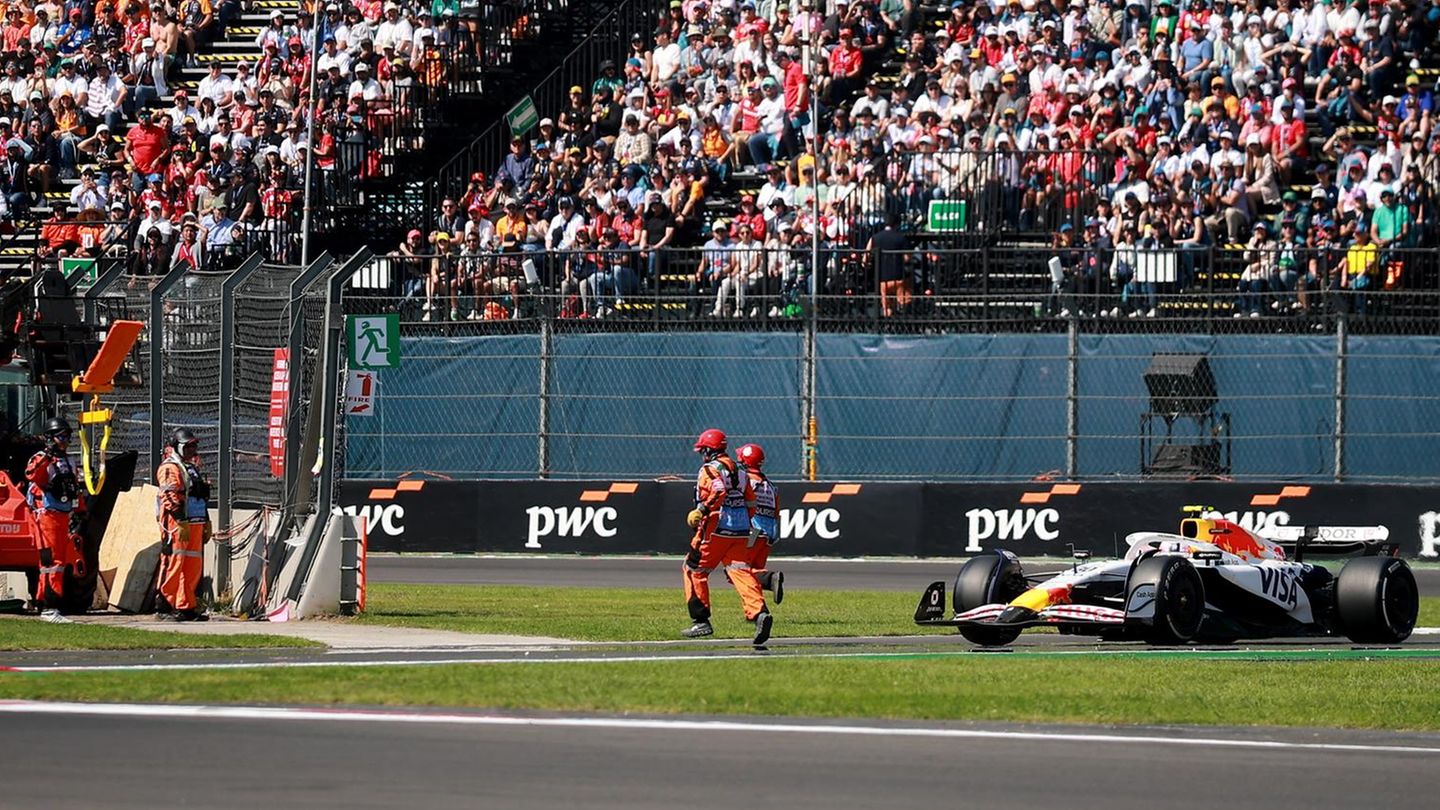The Municipality of Montevideo (IM) announced that the ban on parking in the center of the capital of Uruguay It will also be extended to Saturdays, but only until 2 p.m.
The departmental government of Montevideo continues to make changes to the parking regulation, with the aim of organizing the busiest areas of the city. In this sense, the IM announced that the current ban on parking on both sidewalks in the city center, from Monday to Friday between 7 a.m. and 9 p.m.; will also extend to the Saturdays, but only from 7 a.m. to 2 p.m..
This new provision will be in North sidewalk, in the section from General Artigas Boulevard to Yíwhich corresponds to the section of the new cycle path along the 18th of July Avenue.
The information on the new day and schedule of regulation will be included in the vertical signage that is already placed on the avenue.
New paid parking
In turn, the IM launched a new form of purchasing paid parking that promises to increase the efficiency and practicality of this procedure in the capital of Uruguay: through WhatsApp.
The administration headed by Carolina Cosse reported that, once this new modality is operational, users will be able to reserve and buy Paid parking through the most used instant messaging application in the world. This will also have the advantage of not needing procedures or activation of payment methods since it is carried out against the account of Sucive of each taxpayer.
For Uruguayans who need to park in Montevideo, This innovation represents a greater ease, comfort and speed, while eliminating intermediate procedures. Likewise, they will pay only for the amount of minutes of service used, since the accounting will be much more precise and it will no longer be necessary to buy half-hour periods. The minimum payment will be for 15 minutes, but then you can purchase the desired amount of time freely.
For its part, for the Municipality it also represents advantages: it grants independence regarding intermediary payment agents; offers the possibility of generate data to improve future mobility decision making; and gives the opportunity to incorporate new functionalities, such as, for example, the visualization of the occupancy of the roads.
Source: Ambito




